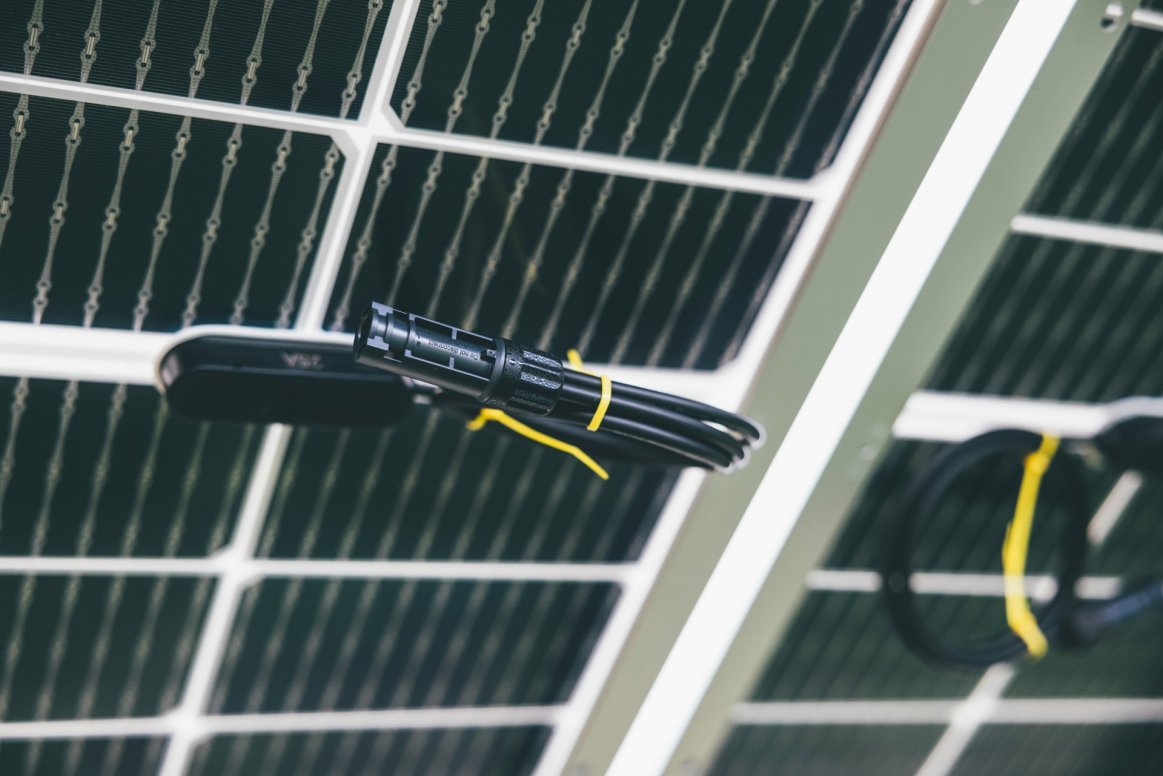
Equipment procurement and cash flow
The single largest consumer of cash in solar construction is equipment - around 30% of a typical project cost. Essentially, installers need to temporarily cover 30% of the project cost to get paid back 100%. When this “float” happens smoothly, installations happen in a timely fashion and cash can come back quickly. When it breaks down, installations get delayed and the oxygen gets sucked out of a business.
There are four main models that installers use to cash flow their equipment purchases:
- Customer deposits
- Company working capital
- Distributor terms
- Direct pay
1: Customer Deposits
This is the simplest, and lowest-risk model that a contractor can use on a cash purchase. The contractor structures their contract with the homeowner such that they collect a deposit - typically 30-50% - prior to purchasing materials.
Pros: no “float” needed, zero risk to the contractor.
Cons: high friction and only works for cash purchases. Not scalable.
2: Company Working Capital
Instead of asking homeowners to provide upfront cash to purchase materials, installers can pay suppliers using their existing working capital.
Pros: less friction in the customer experience without a deposit, works for financed systems as well as cash.
Cons: most installers have limited working capital which could be better used for paying employees, vendors, and other purposes.
3: Supplier Terms
Commonly, installers will establish a line of credit with suppliers, allowing them to take delivery of materials and repay at a later date, typically net 30 terms. This works for both bulk and job-by-job purchases.
Pros: Frictionless experience, works with all financing types, and preserves installer working capital for more productive uses.
Cons:
- Credit line limitations. Installers may not qualify for a credit line sufficient to support their total monthly equipment needs, especially if they are a young and/or fast-growing business. When this happens, installers sometimes choose to purchase excess materials with second-choice suppliers who offer a lower level of service, often adding operational complexity.
- Risk. There is inherent risk to purchasing materials from a supplier on terms - for both parties. For the supplier, there is obviously the risk of not being repaid, or paid beyond terms. For the installer, any unforeseen issues that cause them to fall behind to their preferred supplier can damage the relationship and hinder their ability to source the materials necessary for profitable growth in the future.
4: Direct Pay
In direct pay programs offered by GFS, finance providers pay Greentech Renewables directly for the cost of materials on behalf of the installer. Installers using this model can procure 100% of the materials they need to complete financed projects without consuming any of the company’s working capital or existing lines of credit. When executed correctly, there is virtually no limit to the amount of material that can be procured via direct pay from Greentech and no risk of falling behind on payments.
The obvious limitation of direct pay is that it only works on financed projects, not cash projects, but it is an extremely powerful tool for providing installers access to the equipment they need to install growing pipelines quickly and profitably, even in the face of unforeseen cash flow disruptions
Summary
In reality, each of these cash flow models has merit in the right circumstances. Most businesses operate based on a combination of these four models, but could benefit from re-evaluating their balance between the four. For example, a fast-growing installer that is constantly bumping into its credit limit or relying overly on company working capital to fill gaps in its procurement needs would likely benefit from exploring direct pay options.
Given the amount of uncertainty facing residential solar in 2025, I strongly encourage all installers to consider fortifying their cash flow model using GFS direct pay programs.
Over the next few weeks, I will dive further into the benefits of the direct pay model of equipment procurement and discuss why now is the right time for many installers to adopt it. If you’d like to explore direct pay programs through Greentech Finance Solutions, contact us here!